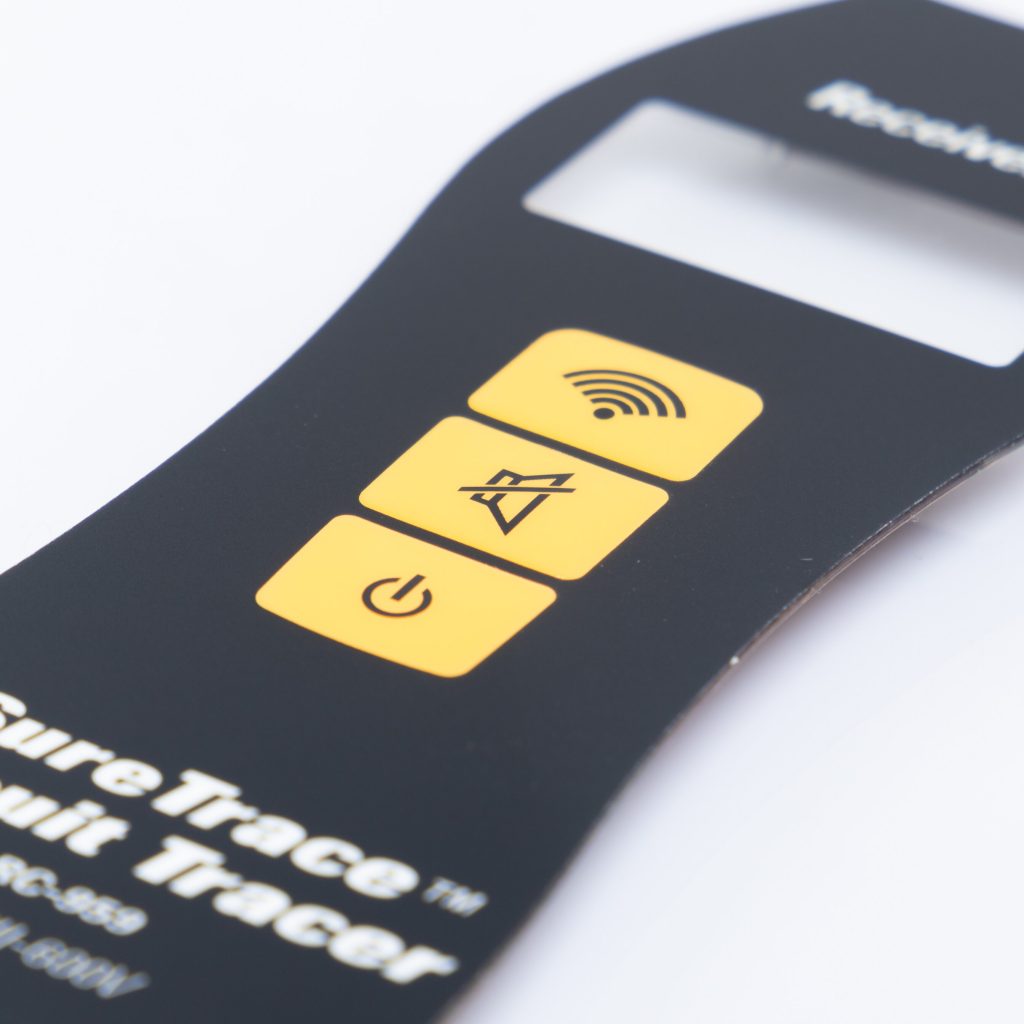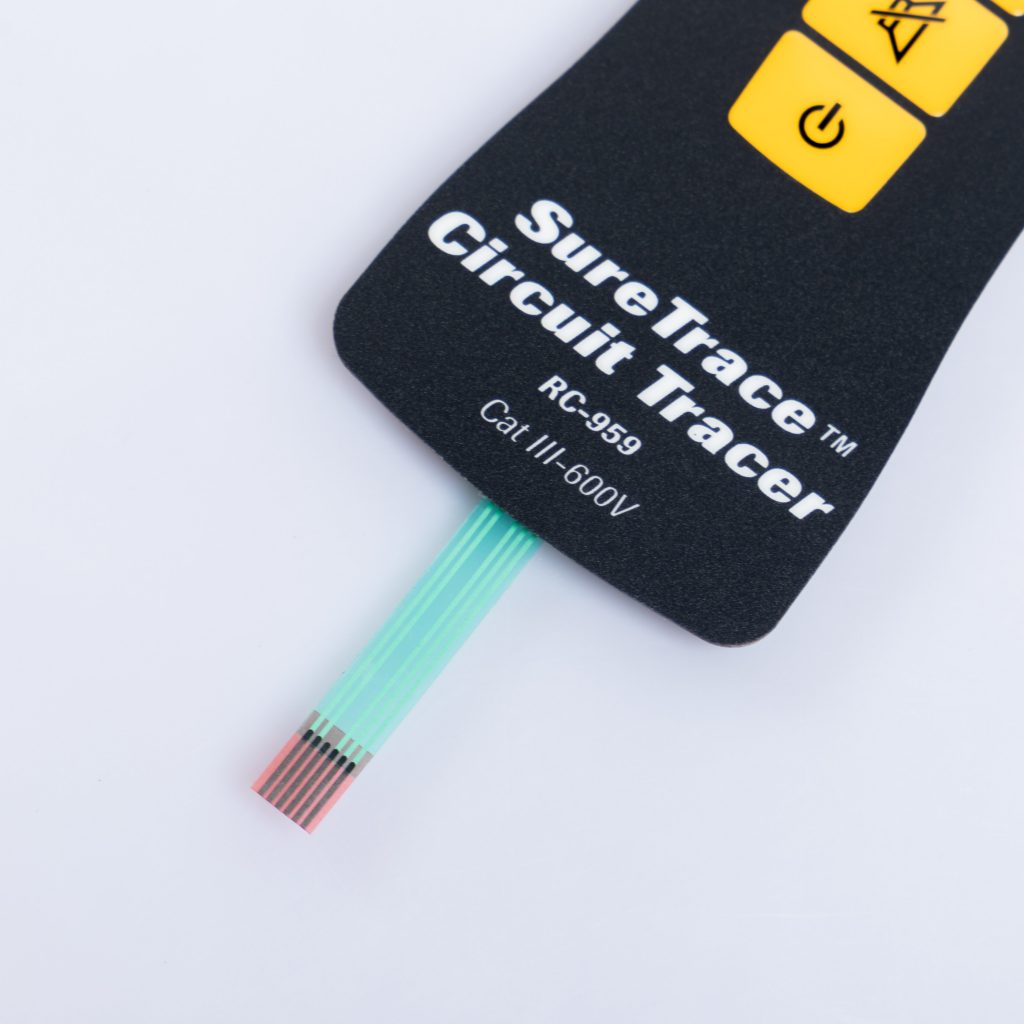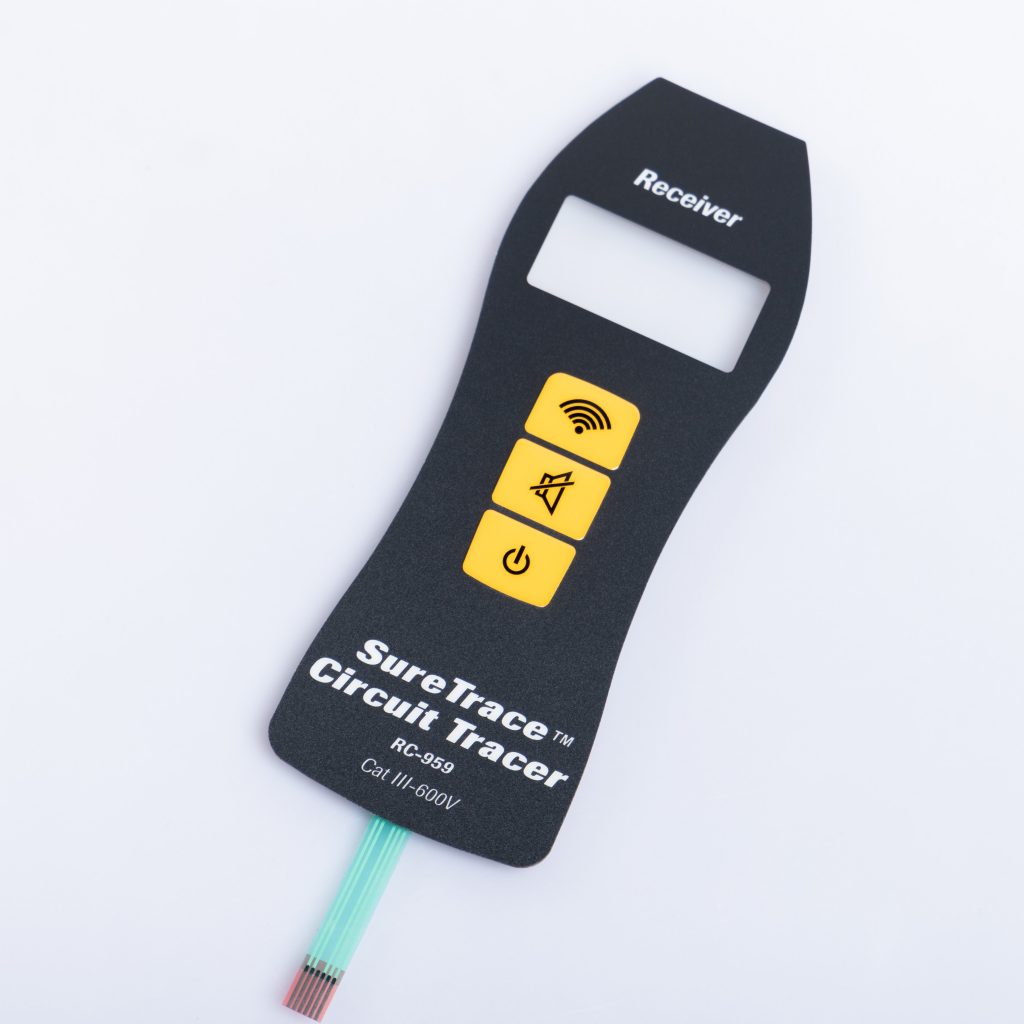Contact
Write to Us And We Would Be Happy to Advise You.
Do you have any questions, or would you like to speak directly with a representative?
By hqt
In today’s fast-paced world, technological advancements are continually reshaping the way we interact with devices and appliances. One such innovation that has played a pivotal role in this transformation is Surface Mount Technology (SMT). SMT components have found their niche in various industries, and one of their most intriguing applications is in membrane switches. In this article, we will delve into the world of SMT components for membrane switches, exploring their benefits, applications, and how they are shaping the future of user interfaces.



Before we dive into the realm of SMT components, let’s first understand what membrane switches are and why they are essential in modern devices. A membrane switch is a low-profile, flexible, and durable electrical switch that is commonly used in electronic devices. It consists of multiple layers, including graphic overlays, adhesive spacer layers, and conductive layers. Membrane switches are known for their reliability and cost-effectiveness, making them a preferred choice in various industries.
The integration of SMT components in membrane switches has revolutionized the way these switches function. Surface Mount Technology allows for the placement of electronic components directly onto the surface of a printed circuit board (PCB). This technology eliminates the need for through-hole components, reducing the overall size of the switch and enhancing its durability.
Miniaturization: SMT components are significantly smaller than their through-hole counterparts, allowing for the creation of ultra-compact membrane switches suitable for portable devices.
Enhanced Durability: The absence of drilled holes in the PCB means fewer weak points, making SMT-based membrane switches more robust and resistant to mechanical stress.
Improved Aesthetics: SMT components provide a sleek and modern look to membrane switches, making them visually appealing in various applications.
Cost-Efficiency: SMT technology streamlines the manufacturing process, reducing labor costs and material wastage, making membrane switches more affordable.
The versatility of SMT components enables their use in a wide range of membrane switch applications. Some notable applications include:
In smartphones, tablets, and remote controls, SMT-based membrane switches offer a seamless user experience, combining reliability and aesthetics.
Medical equipment often requires durable and hygienic user interfaces. SMT components in membrane switches meet these criteria, making them ideal for healthcare settings.
SMT components are well-suited for industrial environments due to their durability and resistance to harsh conditions.
In-car infotainment systems and control panels benefit from SMT technology, providing drivers with intuitive and responsive interfaces.
As technology continues to evolve, user interfaces are becoming increasingly critical. SMT components in membrane switches are poised to play a pivotal role in shaping the future of user interaction. Their ability to provide seamless functionality in compact and visually appealing designs makes them indispensable in the development of cutting-edge devices.
In conclusion, SMT components have brought about a significant transformation in the world of membrane switches. Their miniaturization, durability, and versatility have made them an integral part of various industries, enhancing user experiences and advancing technology. With the continued evolution of SMT technology, we can expect even more exciting developments in the realm of user interfaces.
Do you have any questions, or would you like to speak directly with a representative?